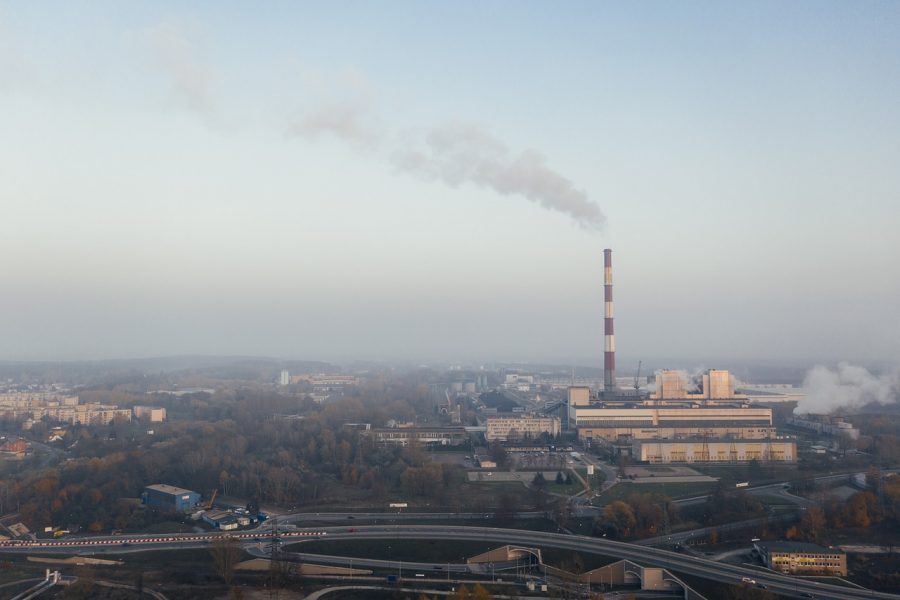Carbon dioxide levels increase amid global coronavirus pandemic
June 29, 2021
As the United States and the rest of the world continues to recover from the coronavirus pandemic, the earth’s carbon dioxide levels have skyrocketed to a record high.
Despite a fast halt to all forms of transportation during the early months of the pandemic in March of last year, the level of carbon dioxide that recorded in May 2021 reached its highest level in more than four million years.
Although the pandemic caused some greenhouse gas emissions to drop suddenly, global scientists did not see a significant dip in carbon dioxide levels in the atmosphere because of “wildfires, which also release carbon, as well as the natural behavior of carbon in the atmosphere,” according to a report by the National Oceanic and Atmospheric Administration.
Back in February, the United States officially rejoined the Paris Agreement, an international treaty that has made its mission to ultimately limit global warming and to avoid its dangerous repercussions.
Though this agreement may seem like good news in the race against climate change, there are still signs of annual growth in carbon dioxide levels.
Michael Oppenheimer, a climate scientist and professor at Princeton University, said “the world is approaching the point where exceeding the Paris targets and entering a climate danger zone becomes almost inevitable,” according to USA Today.
Carbon dioxide levels rise every May, which causes some of the carbon dioxide to diffuse into the flowers, leaves, seeds and stems, as stated by NBC News. Due to greenhouse gas emissions from the constant burning of coal, oil and natural gas for everyday transportation and electricity, carbon dioxide levels stretch to new records every year.
“We are adding roughly 40 billion metric tons of CO2 pollution to the atmosphere per year,” Pieter Tans, a senior scientist for NOAA’s Global Monitoring Laboratory, said. “That is a mountain of carbon that we dig up out of the Earth, burn, and release into the atmosphere as CO2 — year after year. If we want to avoid catastrophic climate change, the highest priority must be to reduce CO2 pollution to zero at the earliest possible date.”
The pollution created from carbon-based emissions contributes to the trapping of the outgoing heat from the earth’s surface. This can potentially end up in space, causing the earth’s atmosphere to increasingly warm at a dangerous rate, higher than originally anticipated.
Because of the ongoing climate crisis, there is a constant increase in temperatures across the world, leaving the weather prone to creation of intense storms, wildfires, floods and severe droughts.
“Reaching 50% higher carbon dioxide than pre-industrial is really setting a new benchmark and not in a good way,” Natalie Mahowald, a Cornell University climate scientist, said. “If we want to avoid the worst consequences of climate change, we need to work much harder to cut carbon dioxide emissions and right away.”
Tans goes on to note that both solar and wind energy are by far cheaper than the cost of fossil fuels and claims that immediate action is needed “to avoid catastrophic climate change.”
“The solution is right before our eyes,” Tans said.







